Can Cats Eat Canned Tuna Fish? What You Need to Know
- 25 Mar 2025 11:15
Canned tuna is a common snack for humans, but when it comes to cats, the question arises: Can cats eat canned tuna fish? While it’s true that tuna can be a tasty treat for your feline friend, there are important considerations and potential risks that you should be aware of before offering it to your cat. 🐱🐟
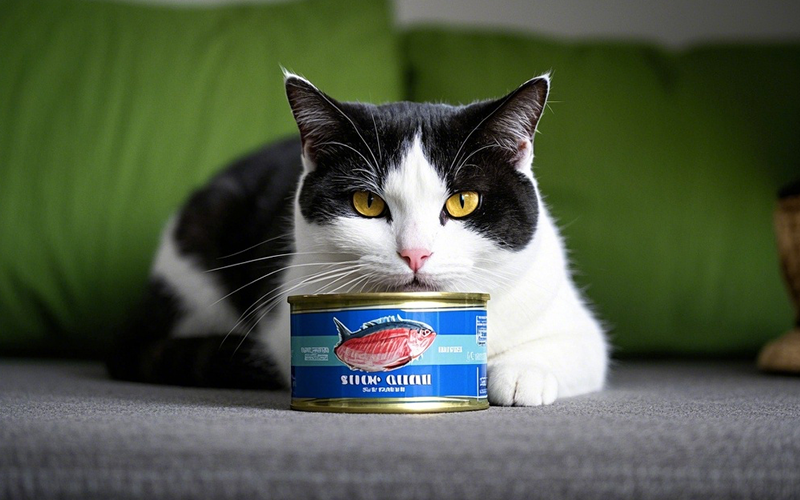
Is Canned Tuna Safe for Cats?
In moderation, canned tuna can be safe for cats, but there are a few important things to keep in mind. Tuna is packed with protein and omega-3 fatty acids, which are beneficial for cats, but it’s not a complete food source, and excessive consumption can lead to problems. Here’s a closer look at the benefits and potential risks of feeding your cat canned tuna. ⚖️
Nutritional Benefits of Canned Tuna for Cats
High-Quality Protein: Tuna is a great source of protein, which is essential for building and maintaining muscles and tissues in cats. It also helps support a healthy immune system. 🐾
Omega-3 Fatty Acids: Tuna is rich in omega-3 fatty acids, which can improve skin health, support a shiny coat, and reduce inflammation. These fatty acids are especially beneficial for cats with dry or irritated skin. 🐟💖
Vitamins and Minerals: Tuna contains essential nutrients like vitamin D, B-vitamins, and selenium, which help support the overall health of your cat’s metabolism, immune system, and energy levels. ⚡
Potential Risks of Feeding Canned Tuna to Cats
While tuna can be beneficial, there are several risks and concerns to consider:
Mercury Contamination: One of the biggest concerns with feeding tuna to your cat is the mercury content. Tuna, especially larger species like albacore, can contain higher levels of mercury, which can be harmful to cats over time. Chronic mercury exposure can cause neurological issues and damage to the cat’s nervous system. It’s important not to feed tuna to your cat regularly or in large quantities. ⚠️
Nutritional Imbalance: While tuna provides protein, it’s not a complete food for cats. Canned tuna lacks important nutrients that are essential for a cat’s health, like taurine, an amino acid that supports heart and eye health. Relying too much on tuna as a food source can lead to nutritional deficiencies over time. 🍽️
High Sodium Content: Many canned tuna products are packed in salted water or brine, which can be harmful to cats. Too much salt can cause dehydration, kidney problems, and high blood pressure in cats. If you do feed your cat tuna, opt for water-packed, no-salt-added versions to minimize the sodium content. 🧂
Additives and Preservatives: Some canned tuna products may contain preservatives, flavorings, or spices that are not safe for cats. Ingredients like garlic or onions can be toxic to cats and should be avoided at all costs. Always check the label and choose plain, unseasoned tuna. 🧪
Choking Hazard from Bones: Depending on the type of canned tuna you choose, there may be small bones present. These can pose a choking hazard or cause injury to your cat’s digestive tract. Be sure to remove any bones from the tuna before offering it to your cat. 🦴
How to Safely Feed Canned Tuna to Your Cat
If you decide to feed your cat canned tuna, follow these guidelines to ensure it’s done safely:
Choose the Right Tuna: Opt for water-packed tuna without added salt or preservatives. Skip the oil-packed versions, as the added fats can be too much for your cat and contribute to weight gain or digestive issues. 🐟
Serve in Moderation: Tuna should be a treat, not a regular part of your cat’s diet. Offering it occasionally as a special snack is okay, but it should never replace their regular, balanced cat food. Too much tuna can cause nutritional imbalance or mercury poisoning. 🐾
Remove Bones: If there are any bones in the canned tuna, make sure to remove them before feeding it to your cat. Bones can cause choking or digestive blockages, which can be very dangerous. 🦴
Monitor for Reactions: When introducing new foods to your cat, monitor them for any signs of allergic reactions or digestive issues, such as vomiting, diarrhea, or changes in behavior. If you notice anything unusual, discontinue the tuna and consult a pet health service like PettureX. 🐱
How PettureX Can Help
If you’re unsure about what foods are safe for your cat or need help managing their diet, PettureX can provide valuable support. With 24-hour online consultations and pet image recognition, PettureX can guide you in making safe and informed decisions about your cat’s health and nutrition. 📱🐾
Conclusion
Can cats eat canned tuna fish? Yes, cats can eat canned tuna in moderation, and it can be a tasty and nutritious treat. However, it’s important to consider the risks, including mercury contamination, high sodium content, and nutritional imbalance. To keep your cat safe, choose water-packed, no-salt-added tuna and serve it occasionally as a treat, not as a regular meal.
Does your cat love tuna? How often do you give them this tasty snack? 😸
Related
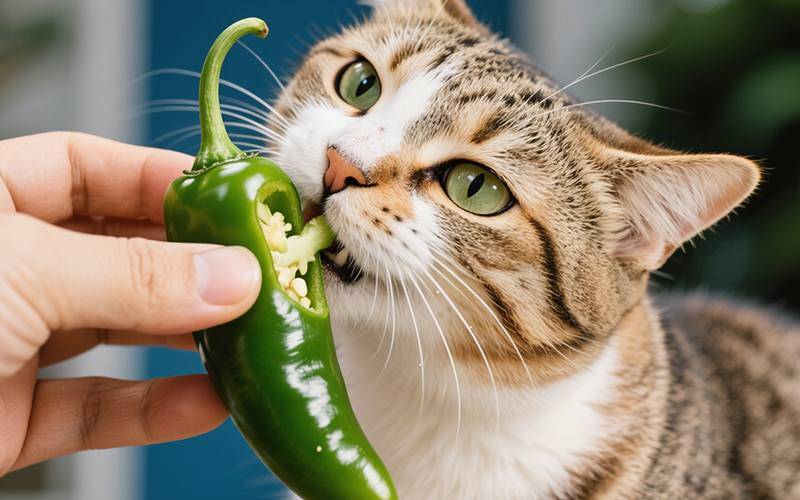
The Burning Question: Can Cats Eat Jalapenos? A Comprehensive Safety Guide
- 21 Apr 2025
Cool Temptation: Can Cats Eat Ice Cream Safely? The Vet-Backed Truth
- 21 Apr 2025
Frankly Dangerous: Can Cats Eat Hot Dogs? Vet Explains the Serious Risks
- 16 Apr 2025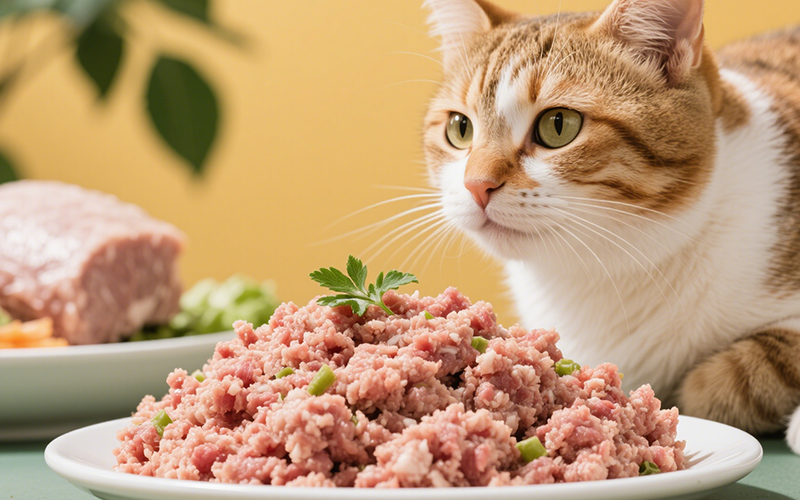
A Purrfect Protein? Can Cats Eat Ground Turkey Safely? (Vet-Reviewed Guide)
- 16 Apr 2025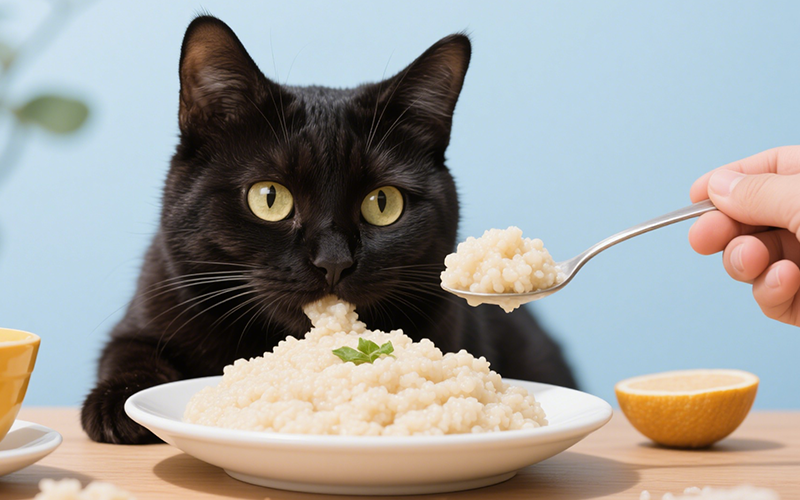
Gritty Situation: Can Cats Eat Grits Safely? Vet Explains the Risks
- 16 Apr 2025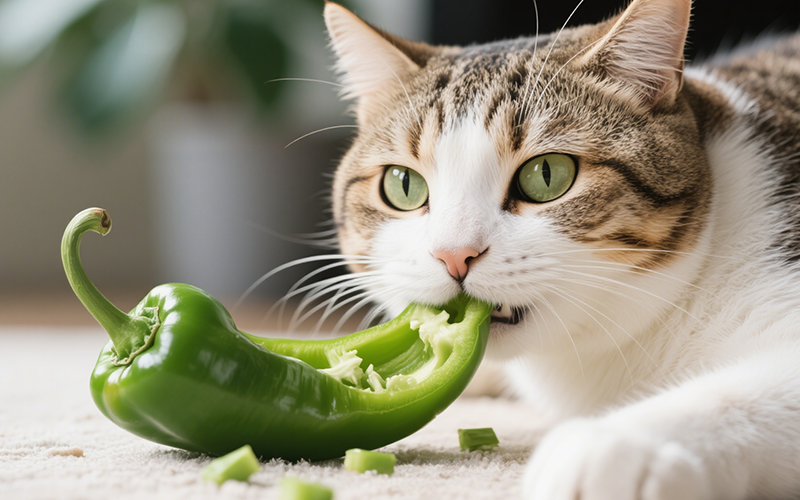
Crunchy Query: Can Cats Eat Green Peppers? A Vet-Reviewed Safety Analysis
- 16 Apr 2025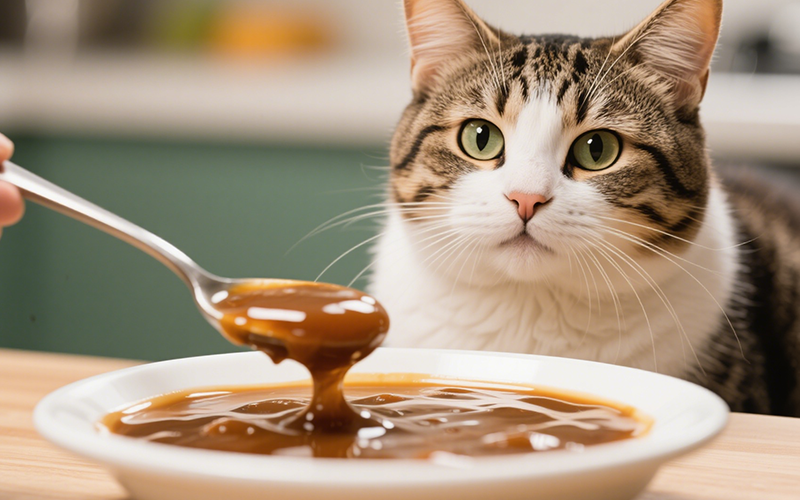
Gravy Danger Zone: Can Cats Eat Gravy Safely? (Vet-Reviewed Warning)
- 16 Apr 2025
Toxic Temptation: Can Cats Eat Grapefruit? Vet Explains the Dangers
- 16 Apr 2025
Emergency Meal or Major Mistake? Can Cats Eat Dog Food For A Couple Days? (Vet Guide)
- 16 Apr 2025
Dandelions & Felines: Can Cats Eat These Common Weeds Safely? Vet Explains
- 16 Apr 2025
